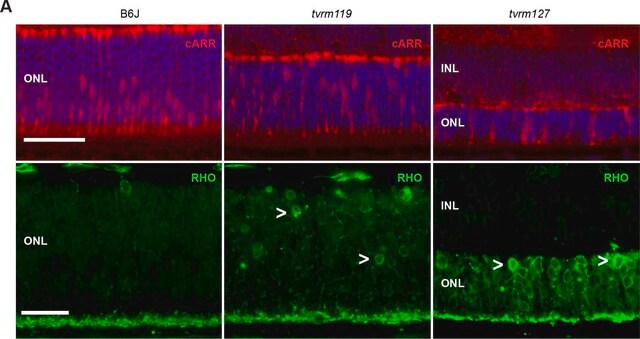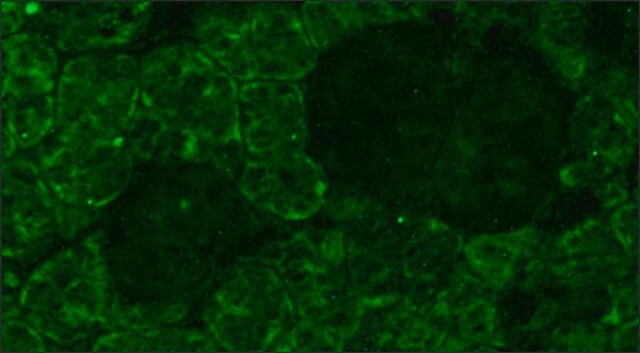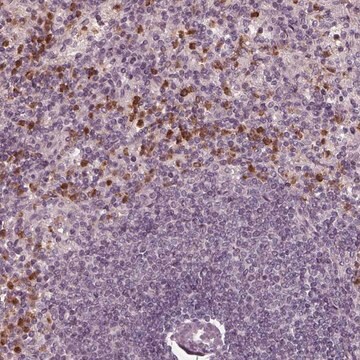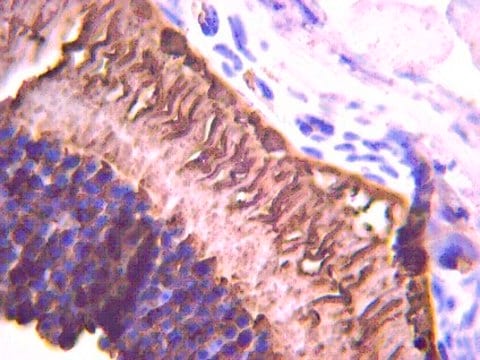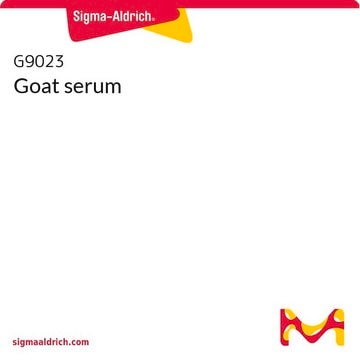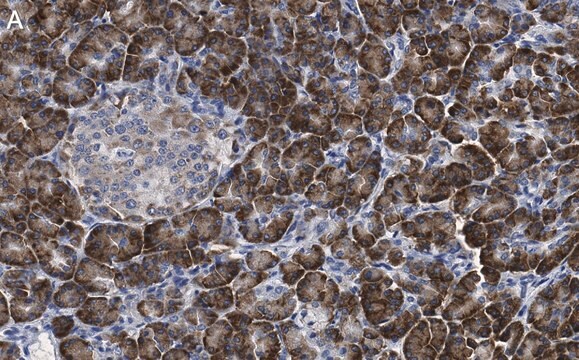MABC196
Anti-Chitinase-3-like protein 1 (YKL-40) Antibody, clone mAY
clone mAY, from mouse
Synonim(y):
Chitinase-3-like protein 1, 39 kDa synovial protein, Cartilage glycoprotein 39, CGP-39, GP-39, hCGP-39, YKL-40
Wybierz wielkość
Wybierz wielkość
About This Item
Polecane produkty
pochodzenie biologiczne
mouse
Poziom jakości
forma przeciwciała
purified immunoglobulin
rodzaj przeciwciała
primary antibodies
klon
mAY, monoclonal
reaktywność gatunkowa
human
metody
activity assay: suitable
immunohistochemistry: suitable
western blot: suitable
izotyp
IgG1κ
numer dostępu NCBI
numer dostępu UniProt
Warunki transportu
dry ice
docelowa modyfikacja potranslacyjna
unmodified
informacje o genach
human ... CHI3L1(1116)
Opis ogólny
Immunogen
Zastosowanie
Activity Assay Analysis: A representative lot from an independent laboratory neutralized Chitinase-3-like protein 1 in a neutralization assay (Faibish, M., et al. (2011). Mol Cancer Ther. 10(5):742-751.).
Cell Structure
Developmental Signaling
Jakość
Western Blot Analysis: 0.5 µg/mL of this antibody detected Chitinase-3-like protein 1 (YKL-40) in 10 µg of MG-63 conditioned media (This protein blocks tumor angiogenesis tube formation and progression (Faibish, M., et al. (2011). Mol Cancer Ther. 10(5):742-751.)).
Opis wartości docelowych
Postać fizyczna
Przechowywanie i stabilność
Handling Recommendations: Upon receipt and prior to removing the cap, centrifuge the vial and gently mix the solution. Aliquot into microcentrifuge tubes and store at -20°C. Avoid repeated freeze/thaw cycles, which may damage IgG and affect product performance.
Komentarz do analizy
MG-63 conditioned media
Inne uwagi
Oświadczenie o zrzeczeniu się odpowiedzialności
Nie możesz znaleźć właściwego produktu?
Wypróbuj nasz Narzędzie selektora produktów.
Kod klasy składowania
12 - Non Combustible Liquids
Klasa zagrożenia wodnego (WGK)
WGK 2
Temperatura zapłonu (°F)
Not applicable
Temperatura zapłonu (°C)
Not applicable
Certyfikaty analizy (CoA)
Poszukaj Certyfikaty analizy (CoA), wpisując numer partii/serii produktów. Numery serii i partii można znaleźć na etykiecie produktu po słowach „seria” lub „partia”.
Masz już ten produkt?
Dokumenty związane z niedawno zakupionymi produktami zostały zamieszczone w Bibliotece dokumentów.
Active Filters
Nasz zespół naukowców ma doświadczenie we wszystkich obszarach badań, w tym w naukach przyrodniczych, materiałoznawstwie, syntezie chemicznej, chromatografii, analityce i wielu innych dziedzinach.
Skontaktuj się z zespołem ds. pomocy technicznej